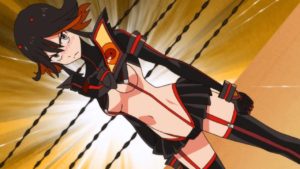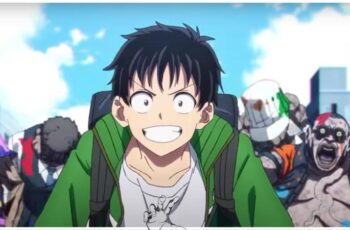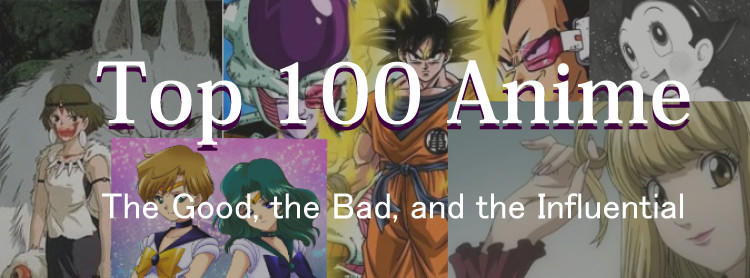
| 100 | Kekkaishi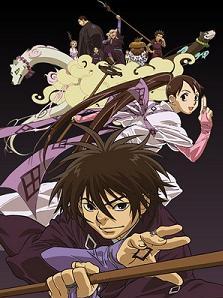 Kekkaishi plunges us into the world of Japanese folklore and cake. You can’t forget cake. Kekkaishi starts slow with far too many cake jokes before it picks up. It’s world is interesting and features many monsters and creatures from Japanese myths and legends. |
| 99 | 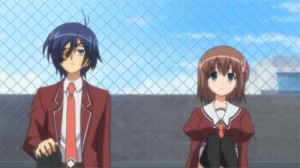 11 Eyes 11 EyesThere is a trend in fantasy stories to pull elements from role playing video games. Overt mentions of experience points and leveling up makes you wonder if the anime is yet another world within a video game. 11 Eyes has some of this, but it is a case study in how execution and lack of time can hurt a story with potential. |
| 98 | 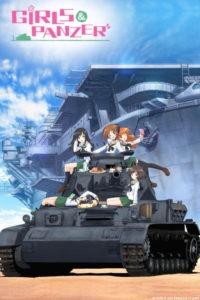 Sometimes anime combines two of the furthest possible ideas together. Girls und Panzer takes school age girls and combines it with tank warfare. The ridiculousness of the idea illustrates how anime isn’t afraid to experiment. |
| 97 | 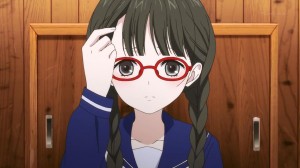 Red Data Girl Red Data GirlShinto ideas sit at the heart of Red Data Girl. It is a fair watch, but like many high school anime it is hard to take the threat seriously amidst the high school backdrop. |
| 96 |  Baseball bats and street assaults? Strangely enough victims of the attacks find their lives improved after the attacks. If you like psychological mysteries this is a show for you. |
| 95 | 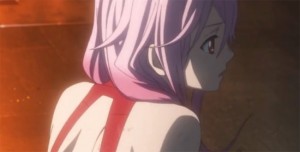 Guilty Crown Guilty CrownGuilty Crown has a bold story and interesting characters. Sadly, action sequences fall apart into panned still images. Budget constraints have hurt many stories. |
| 94 |  Mobile Suit Gundam SEED was my introduction to Gundam. SEED takes place when humans on earth, called Naturals, are different from those who live in space, the Coordinators. Like other mecha, expect a twisted plot mixed with philosophy and moral dilemmas. Gundam remains popular in Japan, and SEED introduces the franchise to a new generation. |
| 93 | 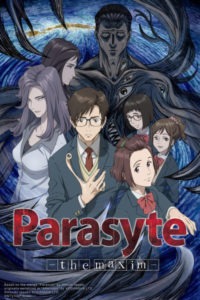 Parasyte explores what it means to be human and the roles humans play in the environment. A race of creatures called parasytes begin to take over humans. They like to take over the human brain so they can completely control the host. Shinichi Izumi’s right arm is taken over by one of these parasytes. The characterization of Shinichi makes this anime stand out. He is believable and lacks the usual boneheaded shonen personality (impulsive, overly protective, and action oriented). Shinichi acts like a normal person with doubts, weaknesses, and resolve. |
| 92 | 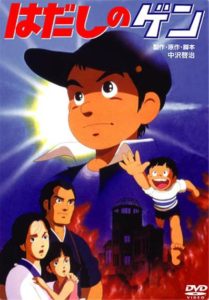 Barefoot Gen follows Gen Nakaoka and his family in Hiroshima during the last years of World War II. It is a look at what people endured (such as food shortages) and the after effects of the nuclear explosion that ravaged the city. Barefoot Gen was among the first manga (the anime came much later) that portrayed the horrors of war and nuclear destruction. |
| 91 | 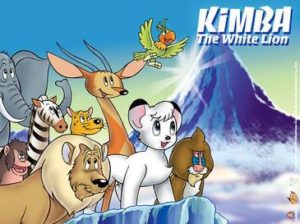 Kimba the White Lion comes from Tezuka Osamu, who is widely regarded as the father of anime. Kimba focuses on the need for understanding to bridge the gap between human and animal worlds. Disney is accused of drawing heavily from the story when they created The Lion King. |
| 90 | 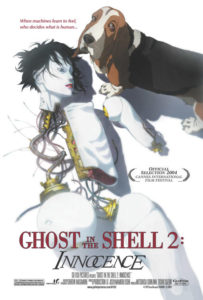 Section 9 is sent to investigate a series of murders involving gynoids, sex android. Innocence offers a tangled crime drama laced with references to Zen and philosophy. The movie proves anime can be mature, but its philosophical dialogue can be hard to follow. It challenges viewers to pay attention and think. |
| 89 | 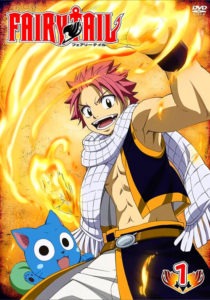 Fairy Tail is one of the most popular series in recent years. It doesn’t break new ground, but it shows how fantasy stories still have a place in modern storytelling. |
| 88 | 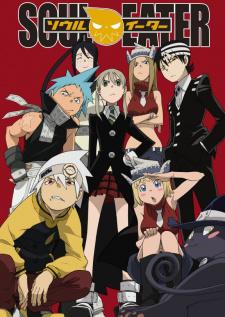 Soul Eater’s unique art style makes this anime come to life. The strangeness from the moon to the character designs shows how anime can break expectations. Not to mention the characterizations and storytelling have interesting twists on common anime tropes. |
| 87 | 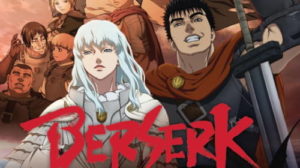 Berserk’s dark feel shares similarities with the Dark Knight. Set in feudal Europe, this series is a welcome respite from anime’s focus on high school and teens. It provides a nice diversity away from Japanese centric fantasy based on samurai or futuristic police. |
| 86 |  Rurouni Kenshin is many anime fan’s first exposure to samurai and Japanese culture during the Meiji Restoration. Fill with good fights and good plot (canon plot anyway), Kenshin leverages its setting in ways that make it feel authentic. However, Kenshin, like many anime, suffers from filler arcs that hurt the story and characterization. |
| 85 | 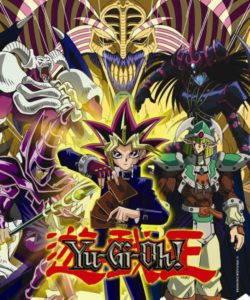 Yu-Gi-Oh popularized its namesake card game with American children. For many, this series was among their first exposure to anime. Like Pokemon,Yu-Gi-Oh ran on Saturday morning and after school cartoon line ups. This allowed the show to be seen as a cartoon rather than an anime. This association allowed Yu-Gi-Oh to avoid some of the negative ideas the word “anime” may have had for some parents. For a long time, anime was associated with extreme violence and sexuality. Yu-Gi-Oh proves the ability of anime to be a diverse way to telling stories. |
| 84 | 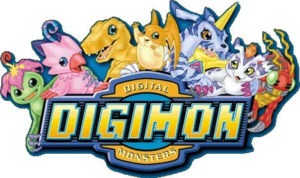 For many Digimon appears to be a knock-off of Pokemon. Digimon proved to be popular in its own right. Like Yu-Gi-Oh, it provided exposure to Japanese art styles and animation styles for many young Americans. Pokemon,Yu-Gi-Oh, and Digimon are the modern “gateway drugs” to an interest in anime, much like Speed Racer, Astro Boy, and Voltron did in previous decades. |
| 83 |  The magical girl genre, since Sailor Moon made it widely popular, often comes off as stale and formulaic. Cardcaptor Sakura breaths new life into the genre. The series targets an audience often forgotten in the West: girls. However, Cardcaptor’s story and characters offers a little for everyone, much like Disney movies are watched by all genders and ages. |
| 82 | 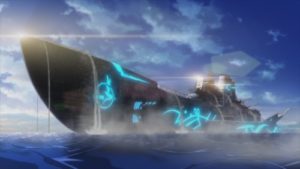 Arpeggio of Blue Steel features a storyline centered on battleships and submarines. Quite a difference from the usual big robots. Each ship’s AI system is represented by a cute girl (after all ships in the West are female in gender). Arpeggio deserves a place on this list because of how it could be loosely called a mecha (without the robots) and creates a plausible world without international trade. |
| 83 | 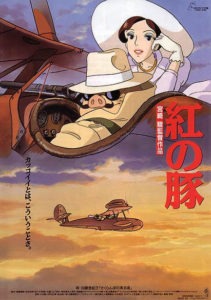 Studio Ghibli takes a human cursed to be a pig (and who happens to be a pilot) and tells a story set in the 1930s. The time period between World War I and the rise of Hitler is often glossed over. The story is human: trying to let go of the past. Porco Rosso is often forgotten in the list of Studio Ghibli films. It is well worth a look. |
| 80 | 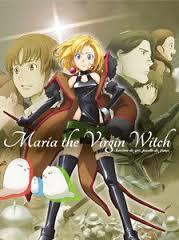 Maria the Virgin Witch has many, many problems. But it is on this list because of how it plays with Western ideas of witch craft. Maria is a young witch loved by those who know her, feared by those who hear of her, and hated by the church. Maria’s resistance to the church and the will of heaven (represented by the archangel Michael) speaks to our modern relationship with traditional religion. It handles this rather ham-fistedly, but it still has an interesting story and perspective. |
| 79 |  Most of Studio Ghibli’s films lack world-shattering stories. Instead, they focus on a single person. Kiki’s Delivery Service follows Kiki on her flying broomstick as she grows into adulthood. The theme has been trod many times, but we each have to go through the same transition. Kiki’s Delivery Service gushes with Ghibli’s vibrant animation. |
| 78 | 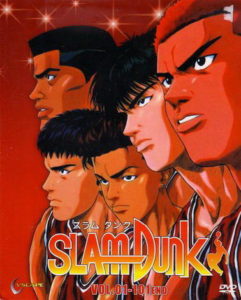 Slam Dunk is one of the most popular series in Japan during the 1990s and early 2000s. The story helped popularized basketball in Japan. Like many anime, this is a high school coming of age story. |
| 77 | 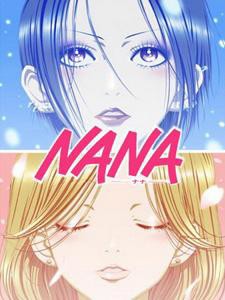 Nana Nana Nana tells the story of two women with different personalities who become close friends. Nana is one of the rare josei Western releases. Most anime aims at high school and college age audiences. Nana and those like it aim at older adults. |
| 76 | 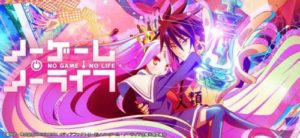 No Game; No Life adds to the trend of video game based stories. Both main characters are intelligent and calculating, which is a welcome change over the usual hotheaded impulsive heroes anime favors. Some of the anime’s oddities (such as the too close relationship between brother Sora and sister Shiro) may turn off some fans not used to anime’s proclivities. |
| 75 | 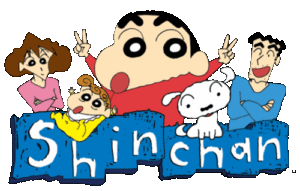 Shin-Chan Shin-Chan Shin-Chan is what happens when a kindergartner mixes with Family Guy. Full of sexual humor and childlike innocence, this anime is a funny romp on the playground. The art style is straight out of a 4 year-old’s drawing book and may be off putting for some. But the style lends a childish flavor to the antics. Don’t expect high humor or satire here. |
| 74 | 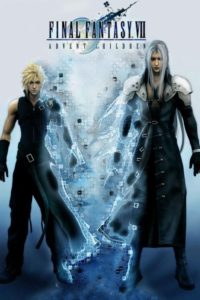 Final Fantasy VII stands at the heights of video gaming for many. Advent Children revisits the characters and breaths stylized realism into blocky polygons of yesteryear. The level of detail and realism contrasts against Western computer animated films targeting children. Animation lends itself to fantasy better than live action. |
| 73 | 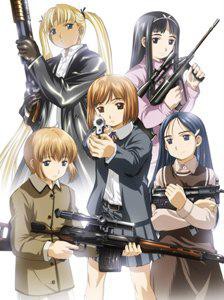 Gunslinger Girl Gunslinger GirlGunslinger Girl takes teenage girls and makes them into cyborgs and gives them guns. The anime could fit into the world weaved by Ghost in the Shell. What sets this anime apart is the use of classical music to convey the feelings and thoughts of the characters. |
| 72 | 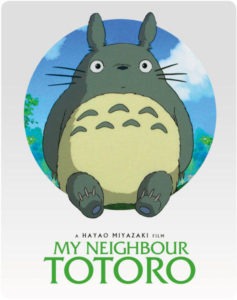 My Neighbor Totoro is one of those rare films that doesn’t use conflict and threat to move the story forward. It leverages exploration and situations. It has life-like little girls and human situations. Its sense of wonder and magic returns us to childhood for a time. |
| 71 |  Summer Wars raises modern concerns about computers and artificial intelligence. Well written and full of humanity, the story contrasts a vibrant virtual world with a vibrant family life. |
| 70 | 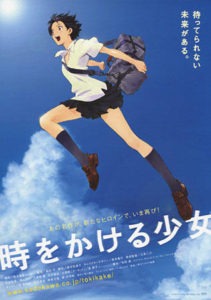 The Girl Who Leapt Through Time is yet another coming-of-age story with imagination and pleasant design. Makoto, being a fairly typical teenage girl, uses her powers to travel through time to help her get perfect grades, avoid being late, and other little things…until she learns her actions can hurt others. |
| 69 |  Ghost in the Shell tells of a future that is more plausible than Star Trek. Theft, rape, and murder continue with technological twists. At its heart, Ghost is an adult crime drama similar to NCIS and Law & Order. For many, it stands at the pinnacle of what anime can do with adult storytelling. |
| 68 | 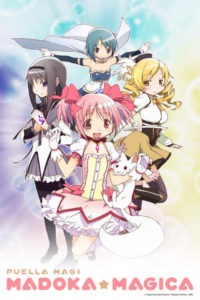 Magical Girl anime typically do not feature dark themes and death. From its inception Madoka Magica was meant to be something different. The developers went out of their way to disguise the dark themes in the expected innocent, frilly magical girl facade. Madoka deconstructs the magical girl genre in similar ways that Neon Genesis Evangelion deconstructed the mecha genre. |
| 67 |  The longevity of Lupin speaks for itself. The manga released back in 1967, and the story in print and on screen remains strong today. |
| 66 |  Fruits Basket relies on characterization to keep fans interested. Their emotions and desires shine through the artwork. Fruits Basket, like many shojo, provide a alternative look at the action heavy anime the West usually sees. |
| 65 | 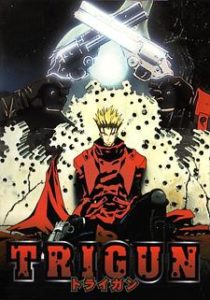 Trigun is one of those strange mash ups. Science fiction and the wild west. The mix proved more popular in the United States than in Japan. |
| 64 | 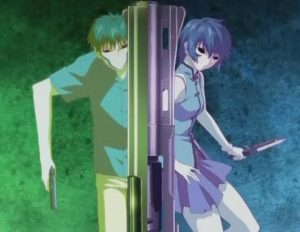 Child assassins are a favorite anime theme. Requiem for the Phantom adds another favorite: amnesia. The anime is based on a visual novel, Phantom of the Inferno. You can read my thoughts on it in this review. |
| 63 | 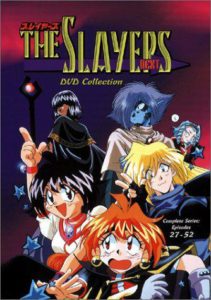 The Slayers is one of the most popular anime from the heyday of the 1990s. The art style may not be to many modern fans’ tastes, but the Slayers is one of those a student of anime need to see. |
| 62 | 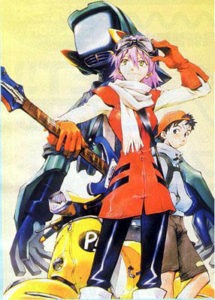 FLCL is less a show and more an experience. The layers stuffed into each short episode attempts to capture the complex frenzy of modern life. You need to be well versed in Jungian psychology to catch all the symbols stuffed into each scene. |
| 61 | 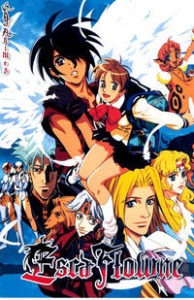 The Vision of Escaflowne flopped in Japan but was a worldwide success. The anime suggests a disconnect between Japanese tastes in stories and the rest of the anime market during the 1990s. |
| 60 | 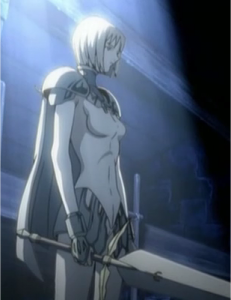 Claymore Claymore Most of the time female warriors wear skimpy armor. Claymore bucks this trend(Clare’s is form fitting, though). Claymore has great action: sudden and violent without the yammering anime is prone toward. |
| 59 | 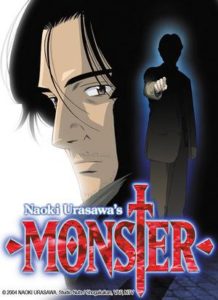 Monster is a complex story with good pacing and still avoids the nonsensical tangle complex anime fall into. Series like Monster show how anime is a great storytelling medium. |
| 58 | 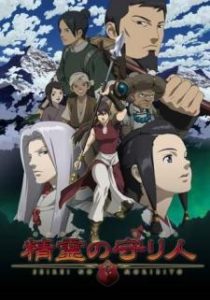 Moribito tells a story of motherhood. Balsa is an older woman with experience behind her. This dynamic is a welcome change from most fantasy stories. |
| 57 | 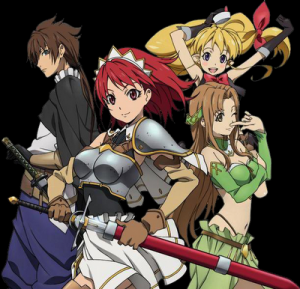 The Sacred Blacksmith The Sacred Blacksmith The Sacred Blacksmith is best described as middling. What it does right: avoid running the breast jokes into the ground. The anime doesn’t break ground, but it provides an example of where anime stagnated in recent decades. |
| 56 | 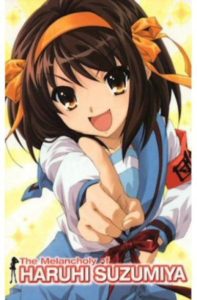 The Melancholy of Haruhi Suzumiya was one of the most popular anime back in 2006. It sparked an online phenomenon of parodies and other videos. The anime revealed how storytelling is two directional. |
| 55 | 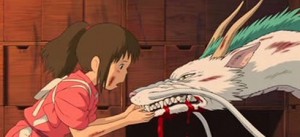 Spirited Away Spirited AwaySpirited Away has grossed more in the box office than any other anime to date. Popularity cannot be underestimated when it comes to importance and impact. |
| 54 | 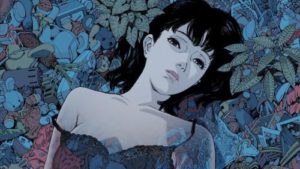 Perfect Blue gets into your head. This psychological thriller follows Mima as she poses nude and as rape victims for magazines. The story has a distinct Hitchcock flare. It shows just how good anime can be when it sheds its high school immaturity. |
| 53 | 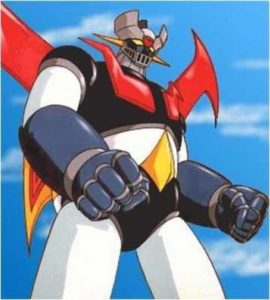 Mazinger Z popularized the giant robot genre back in the 1970s. It is the first time a character piloted a giant robot from a cockpit. It was also the first time a female robot appeared. The anime laid the foundation for later mecha anime. |
| 52 | 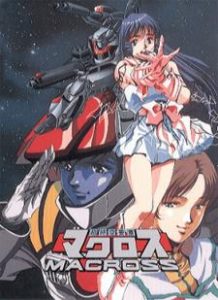 Macross is a mecha series that tries to avoid black and white thinking. It’s antagonists are not inherently evil unlike other mecha at the time. |
| 51 | 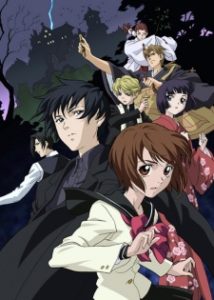 Do you like ghost stories? Ghost Hunt is TAPS (Ghost Hunters) with a Japanese twist. |
| 50 |  Beyond the Boundary is a fair anime that provides another look at how anime plays up male fetishes. On a positive side, it handles small gestures well and has a female lead with steel in her character. |
| 49 | 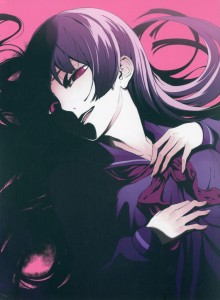 Dusk Maiden of Amnesia Dusk Maiden of AmnesiaAnime ghost stories can be gripping when done well. Contrast is the key, and Dusk Maiden of Amnesia uses anime style humor to accent its dark moments well. The cinematography of this anime lends to the creep factor well. Some of the shots have a distinct Hitchcock feel. |
| 48 | 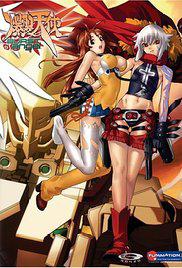 Burst Angel would be a much better anime if it modeled itself after crime thrillers like Ghost in the Shell rather than mix in teen-angst found in mecha focused anime. |
| 47 | 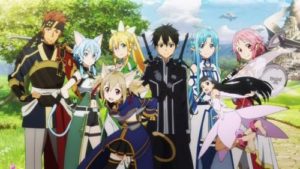 People either love SAO or hate it. Sword Art Online helped popularize the trapped-in-a-game genre. If anything, this new genre shows the importance of video games in modern culture. |
| 46 | 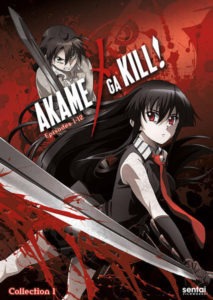 Akame Ga Kill straddles the fantasy and trapped-in-a-game genres. While most of the time it stands firmly in fantasy, some of the battles and dialog come from video games. The humor of the series comes at terrible times and clashes rather than accents the dark themes present in the story. |
| 45 | 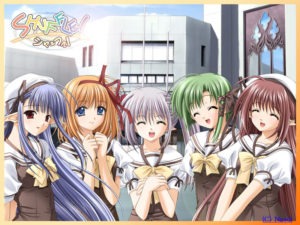 Harem series like Shuffle! flirt with the outright ridiculous. However, Shuffle breaks from the pack with a heartfelt story. Some of this is because it is a seinen anime as opposed to an ecchi or shonen harem story. |
| 44 | 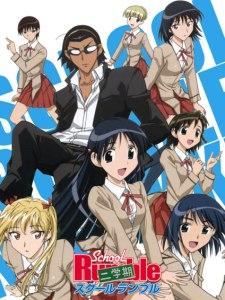 High school love triangles within yet other triangles and comedy antics mark School Rumble. It is a fluffy show with heart and decent humor. |
| 43 |  Based on a children’s book, for many Howl’s Moving Castle is Studio Ghibli at its best. |
| 42 |  Thought provoking best describes Mushi-shi. Episodic is another word. The story looks at the relationship we have with the natural and spiritual world we often do not see. |
| 41 | 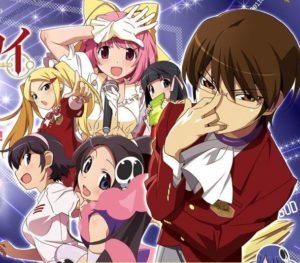 A harem with a heart describes The World Only God Knows. Watch as an aloof, awkward video game dork is forced by a demon from Hell to break out of his shell and use his skills in dating sims to cast out evil spirits. |
| 40 | 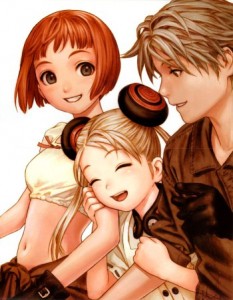 Last Exile is a great story set in a rusty steampunk world. With superb visuals and pacing, what more can you ask for? |
| 39 | 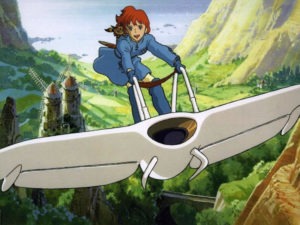 Nausicaa of the Valley of the Wind was written by Hayao Miyazaki. The movie cemented Studio Ghibli’s place as a major player and even inspired chocobos in the Final Fantasy video game series. |
| 38 | 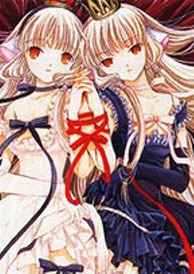 Cute female android. Check. Awkward situations with a horny but good-hearted college man. Check. Chobits leads the viewer on a journey to discover love and humanity. |
| 37 |  Thought provoking dystopia best describes Wolf’s Rain. The story is complex (and confusing) but the dark themes and music by Yoko Kanno are excellent. |
| 36 | 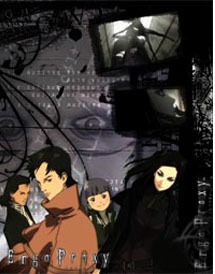 Dark themes and menacing artwork brings this dystopian story alive. It is gothic like a cathedral: darkly beautiful but also vibrantly lit by the sunlight of its characters. |
| 35 |  Forget Twilight and sparkly vampires. Hellsing Ultimate is a trip over the edge of psychosis. It bleeds with violence to the point where the story becomes secondary. Much of its brutality seeks to highlight to darkness of bored immortality. |
| 34 | 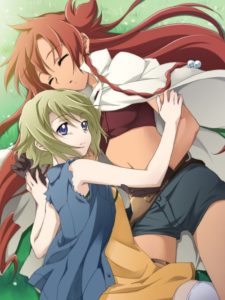 It isn’t often you see an anime set in Mexico. The focus on female protagonists and a believable Wild West feel sets this anime apart. |
| 33 | 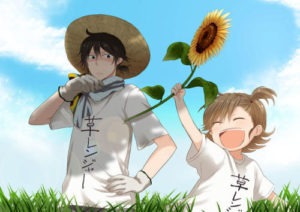 Stories without violence come as a relief. Barakamon follows a stereotypical dramatic artist on his journey to a small rural island to rediscover his muse. The focus on simple life and relationships makes this story a nice watch. |
| 32 | 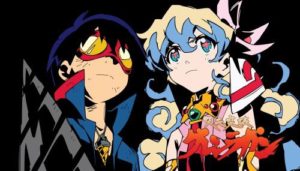 Gurren Lagann handles suspense right. It’s story is clear and comes with great twists. Surprising for a mecha. Add in a coming of age story that doesn’t involve high school and you have a winner. |
| 31 | 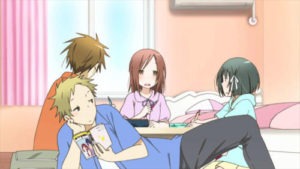 Friendship can be difficult and in today’s society it is a commodity. One Week Friends shows just how valuable friendship and relationships are and how much work they can take. |
| 30 |  Bleach has become a Goliath in the shonen world. Despite its problems, it is a solid action anime in the same vein as Dragonball Z. Bleach suffers from character bloat, filler, and breaks in tension thanks to poorly timed comedy and flashbacks. Despite these problems, it has engaging characters and is worth a look. |
| 29 | 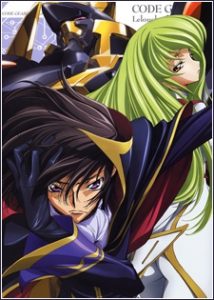 Code Geass takes mecha themes and doubles down on how mecha questions power and the conflict between ends and means. |
| 28 | 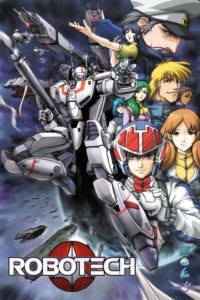 For many, Robotech was the first exposure to mecha and anime. Robotech helped the popularity of anime grow in the US during the 1980s. |
| 27 |  Gundam fever strikes many as one of Japan’s strange interests. Mobile Suit Gundam remains one of the most popular anime series in Japan, inspiring giant robot statues and more. It set the standard for all mecha to follow. |
| 26 | 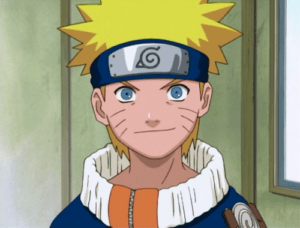 Naruto remains one of the most popular anime series in the United States. Its popularity has helped make anime legitimate and a staple in American childhood. |
| 25 | 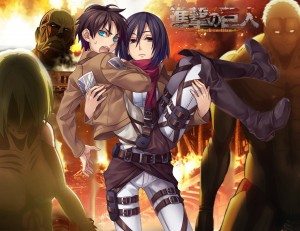 Attack on Titan Attack on TitanThe popularity of Attack on Titan surprised many. It is one of those few titles that appeals to those who avoid animation. |
| 24 | 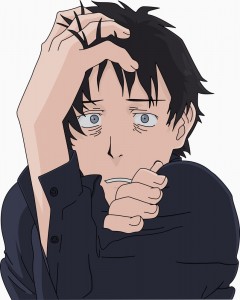 Welcome to the NHK Welcome to the NHKHikikomori becomes more common as relationships become more difficult. Welcome to the NHK examines the trend through the eyes of a sufferer. |
| 23 | 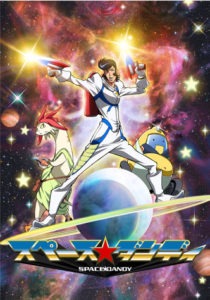 Space Dandy continues the family of Cowboy Bebop and Samurai Champloo. Space Dandy suffered from too much hype, but it continues the episodic antics Bebop and Champloo popularized. |
| 22 | 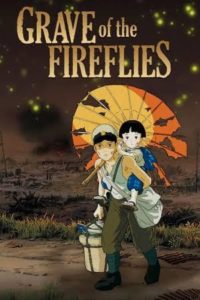 Grave of the Fireflies is a hard movie to watch. It tells a story of what happened to many Japanese children during World War II. It shows how animation can be serious and heart wrenching when done well. |
| 21 | 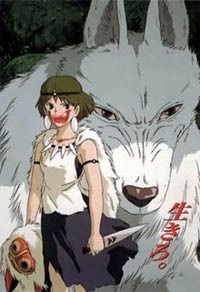 Princess Mononoke was the first animated film to win the Japan Academy Prize. Many consider the film as a landmark in animation because of its quality and complex, adult script. |
| 20 | 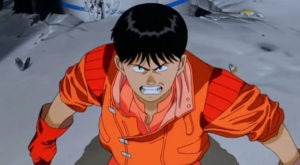 Back in the late 1980s, Akira first showed how animation can carry adult themes. Akira sparked renewed interest in anime in the United States during the 1990s. |
| 19 | 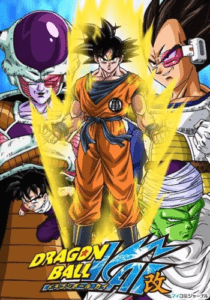 DBZ, as Dragonball Z is often called, is the father of modern action anime. While some get tired of hearing this, DBZ set the standards for action anime that followed. DBZ Kai does away with filler and holds to the original story. |
| 18 | Kill la Kill tackles anime’s bad habit of fan-service and transforms it to a symbol of a strong woman. Kill la Kill is a satirical look at our relationships with clothing. |
| 17 | 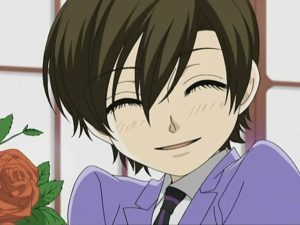 Ouran High School Host Club makes fun of otaku culture, yaoi, yuri, and other aspects of anime culture. It is a great piece of satire. |
| 16 |  Fullmetal Alchemist Fullmetal AlchemistAlthough Fullmetal Alchemist doesn’t follow the manga, the characters break away from the standard shonen type. Edward uses intelligence more than brawn. In Brotherhood, he falls back into the standard impulsive meathead shonen stereotype. |
| 15 | 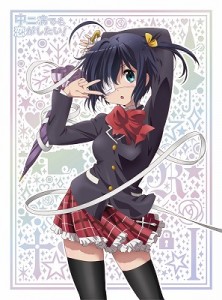 Love, Chunibyo, and Other Delusions Love, Chunibyo, and Other DelusionsLove, Chunibyo, and Other Delusions looks at chunibyo, or a reluctance to grow up. The anime is full of heart but avoids being overly sentimental. As these stories go, it is well balanced and worth the watch. |
| 14 | 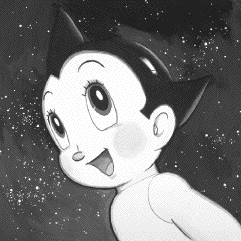 Astro Boy Astro Boy Astro Boy deserves a place here as the first anime. Astro Boy started some of anime’s bad habits, such as filler. Despite this, Astro Boy has its place in history. |
| 13 |  Death Note Death Note Death Note dominated anime for a time with its popularity. It spread across the internet through fanfictions and garnered a cult-like following. Its dark themes and questions about morality (such as the question of ends and means) hit home with many. |
| 12 | 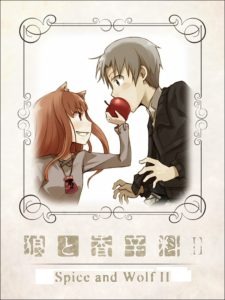 Economics doesn’t get enough attention as a plot device. Spice and Wolf sometimes delves too deeply, but the adult relationship and banter between Holo and Lawrence elevates this story. Sadly, it looks unlikely the anime will be concluded. |
| 11 | 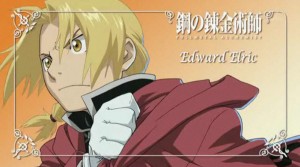 Fullmetal Alchemist Brotherhood Fullmetal Alchemist BrotherhoodFMA: Brotherhood remakes the first series and follows the manga closer than the original. Brotherhood provides an accessible entry point for those looking to start watching anime. |
| 10 | 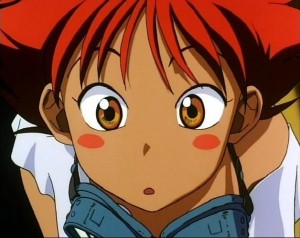 Cowboy Bebop Cowboy BebopCowboy Bebop remains a classic. It is the best anime to introduce the medium to those who have doubts. Many who hate anime like Cowboy Bebop. |
| 9 |  Eureka Seven shifts the mecha genre while retaining tradition. The bright colors and surfer theme break from the usual dark colors and themes found in most mecha. While the story retains the grandiose plot, the relationship between Renton and Eureka is the focus. |
| 8 |  Rose of Versailles is one of the most important stories for women’s roles. In the story, Oscar François de Jarjayes takes a role typically reserved for male characters. She doesn’t lose her identity to her male love interest like other stories of the time period the story released. |
| 7 | 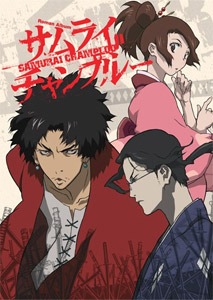 Samurai Champloo stands as the spiritual sequel to the classic Cowboy Bebop. It’s strange mix of hip-hop and Edo period Japan. In many regards Samurai Champloo surpasses Cowboy Bebop. |
| 6 | 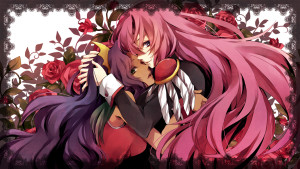 Revolutionary Girl Utena Revolutionary Girl UtenaRevolutionary Girl Utena breaks expectations of female leads. Utena wants to become the Prince instead of the princess. It is a deconstruction of shojo stories and introduces girls to a different perspective of femininity. |
| 5 | 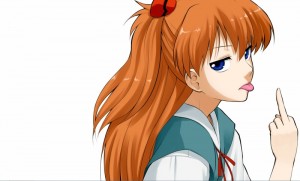 Neon Genesis Evangelion Neon Genesis EvangelionLove it or hate it, Evangelion changed anime and mecha. It deconstructs and examines the mecha genre. It then rebuilt the pieces into a story people still analyze and debate. |
| 4 | 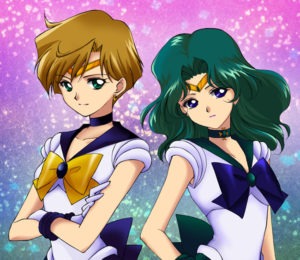 Sailor Moon is the Dragonball Z of the magical girl genre. It set the standards for every magical girl that followed. Sailor Moon showed young girls they too can be powerful and heroic. |
| 3 | 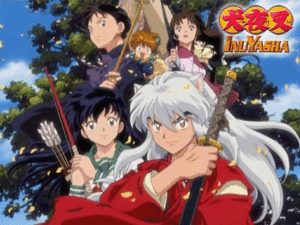 Inuyasha InuyashaI have a soft spot for Inuyasha. It was my first exposure to anime (unless you count Voltron). Inuyasha is well paced and avoids most of the pitfalls of anime, such as filler. It introduces you to Japan’s deep ocean of folklore and legends. |
| 2 | 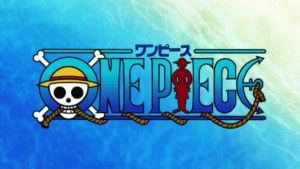 One Piece captures childhood for many. It is the best-selling manga series in history. Popularity creates impact, and few stories have had more impact than One Piece in the lives of fans. |
| 1 | Pokemon |
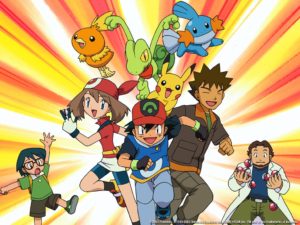 |
